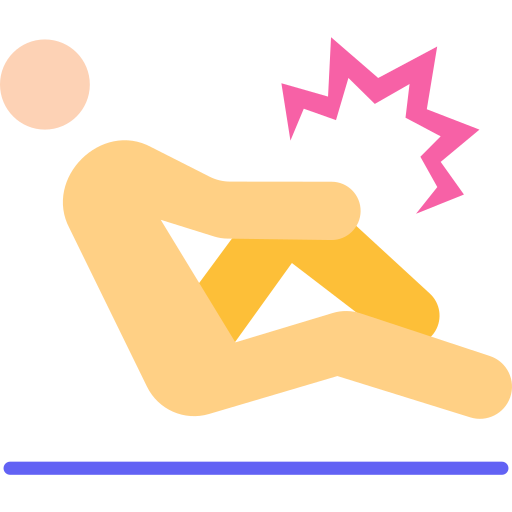Effective strategies to recover from common knee and hip injuries safely and improve strength with active care.
Injuries to the knee or hip can significantly impact your daily life and athletic performance, but prompt care and a strategic approach to recovery can make all the difference. If you've experienced a sports-related injury or a sudden fall, seeking professional advice should always be the first step. Pain or discomfort in these areas may not always reveal the extent of the damage, so an evaluation, such as an x-ray, is crucial. Whether it’s a mild sprain or something more severe like a ruptured patella or meniscus tear, early diagnosis is key to preventing long-term complications. Once cleared by a doctor, adding activities like jumping rope can strengthen the muscles around the joint and improve overall stability, helping to reduce the risk of re-injury.

Knee sprains and hip strains are common among active individuals and can happen suddenly or over time. For example, "runner's knee" often results from repetitive motion, while a fall may cause immediate pain in the joint. Delayed soreness in the hip or knee after activity could indicate a more serious issue, so never ignore these signals from your body. Treatment often involves rest, physical therapy and low-impact exercises to rebuild strength and mobility. Doing jump rope workouts during recovery — if approved by your doctor — can help improve circulation, enhance coordination and gently condition your lower body, making it an excellent tool for progressing safely in your recovery journey.
🤶🏿
For more severe injuries, such as a ruptured meniscus or significant ligament damage, surgical intervention may be required. These procedures aim to repair the damage and restore function, but recovery is a process that demands patience and dedication. Follow your doctor’s advice and engage in a structured rehabilitation program designed to support your body’s healing. Beyond medical care, activities like jumping rope offer additional benefits by enhancing joint flexibility and boosting cardiovascular endurance, both of which are essential for a full recovery. Plus, the repetitive motion of jumping rope trains the muscles to absorb impact more efficiently, which is beneficial for injury prevention.
🌊
Sports injuries can happen to anyone, whether you’re a seasoned athlete or just enjoy staying active. The key to minimizing their impact lies in prompt treatment, professional guidance and a proactive approach to recovery. Incorporating safe and effective exercises, like jumping rope with a training jump rope, into your routine can accelerate healing, improve strength and prepare your body for future physical challenges. With the right mindset and care, you can bounce back stronger and enjoy the activities you love without the fear of reinjury.
🤙🏾